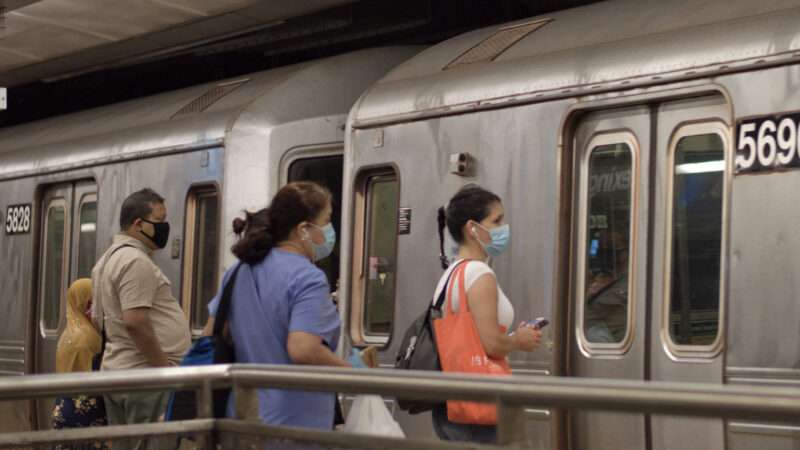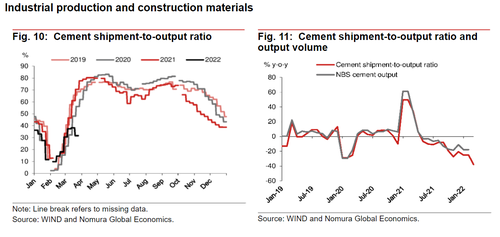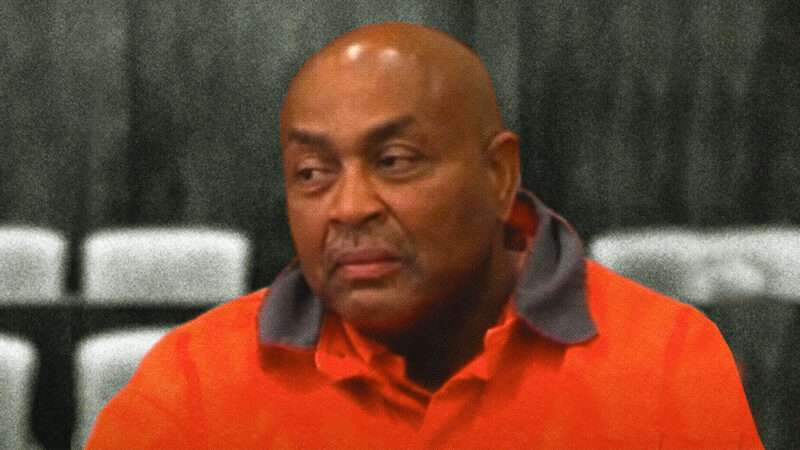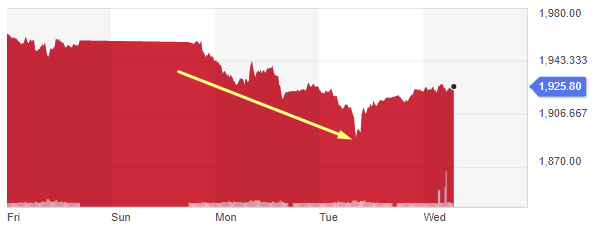
The country is belatedly shedding its last vestigial pandemic policies and practices. Once shuttered public schools are open for in-person instruction everywhere. Customers are flocking back to restaurants free from capacity restrictions and mandatory vaccine checks. Attendance at concerts and theme parks is booming.
But public transportation remains a rare exception to the opening of America. A federal mask requirement for riders remains firmly in place and ridership is stuck at a terminally depressed fraction of its pre-pandemic levels.
Subway ridership in New York City, America’s transit capital, is about half of where it was pre-pandemic. Rail ridership in Washington D.C. remains at levels not seen since the late 1970s, when the system had about a third of its current number of stations. BART, which services the San Francisco Bay Area, is patting itself on the back for seeing ridership rise to 30 percent of 2019 levels.
One question facing the industry is whether it should ditch its mask requirements as a way of saving resources and winning back a few straphangers or keep them around forever.
In the former camp is a coalition of 21 mostly Republican state attorneys general who filed a lawsuit today aimed at overturning the Biden Administration’s mask mandate for travels aboard airplanes and public transportation.
“Even lockdown States like California have announced the end of their mask mandates. Still, the CDC unabashedly leaves its mandate intact,” reads the complaint filed in the U.S. District Court for the Middle District of Florida.
The lawsuit goes on to argue that the mask mandate imposed by the Centers for Disease Control and Prevention (CDC) is an “arbitrary and capricious” measure that violates numerous federal laws as well as the U.S. Constitution. It demands that the mask mandate be declared unlawful and that the federal government be forbidden from enforcing it.
The transit industry itself has also urged the Biden administration to reconsider masking requirements. Back in early March, the American Public Transportation Association asked that the CDC masking order not be extended beyond its prior March 18 expiration date.
“We know that the Administration is resolute in its efforts to lead the country back to normality and a path to economic recovery. Ceasing the federal mask mandate will support those efforts,” wrote American Public Transportation Association President Paul P. Skoutelas in a March 3 letter to the Biden administration asking that the CDC order be allowed to expire on March 18 as scheduled.
Not everyone is so keen to let mask mandates for travelers go. The Biden administration, contra APTA’s urging, is keeping its mask order in effect until at least April 18.
Writing at Bloomberg today, columnist Justin Fox suggests we go further. While shying away from mandates, he suggests agencies and individual citizens vigorously support a social norm of mask-wearing on public transit.
“In general I’m all for getting back to normal as we figure out how to live with Covid-19,” Fox writes, saying he has returned to the office, restaurants, and shaking hands. Nevertheless, he says “I’d be happy to keep wearing masks on the bus and subway pretty much forever, and would really like it if lots of other people did, too.”
Fox suggests that the minor cost of wearing a mask on a short bus or train ride is worth the modest benefit they might provide in stopping COVID-19 as well as other transmissible viruses like the cold and the flu.
That’s silly. People obviously don’t ride public transit just to ride it. They’re trying to get from somewhere to somewhere. If masks aren’t being worn at one’s origin or destination, their value in suppressing disease for the brief time you’re in transit is probably close to zero.
In New York City, solitary motorists likely did more to drive the early spread of COVID-19 than subway riders. That’s because it matters more where you’re going than how you get there.
The cost of wearing a mask on public transit also increases if nowhere else requires or encourages you to wear one. It’s less likely you’ll remember your mask for the bus and more likely you’ll find it conspicuous and irritating that you put one on once you get there.
This is probably one reason that people’s compliance with mask-wearing on New York’s buses and trains is in free fall, as Fox acknowledges in his column.
Fox suggests a number of other reasons for wearing masks on transit outside of disease prevention. Having one environment where people have to wear masks constantly will shore up demand for the mask industry, meaning it will be ready to meet the demand of the next pandemic, he says. Having riders cover their faces will also stop them eating (which is already against the rules) or talking (which is annoying), he continues.
The first point is hardly convincing. Pre-pandemic, about 5 percent of workers commute via transit. Even if all those workers started taking transit again and all wore their masks every time they did, they wouldn’t sustain production capacity at a level necessary to meet demand during the next pandemic.
(Getting rid of federal regulations on new mask-making facilities would probably be an easier way of ramping up mask production.)
Meanwhile, APTA specifically cites the costs and hassle of enforcing mask mandates as a reason to get rid of them. They clearly don’t think they’re some magic compliance tool that gets people to follow all the other rules as well.
Again, Fox argues for a permanent masking norm on public transit, not mandates. He suggests transit agencies run public relations campaigns urging people to wear masks.
If that’s how agencies really want to spend their shrinking pile of farebox revenue, they can. It’s unlikely it’ll do much good.
Almost everyone seems to view masks as a temporary expediency that is no longer necessary. The number of people who think that will only grow as the pandemic continues to fade away. It seems more likely that their preferences about the social norms of mask-wearing will win out in the end.
The post America's Post-Pandemic Reopening Is Passing Public Transportation By appeared first on Reason.com.
from Latest https://ift.tt/7SL3cMK
via IFTTT








